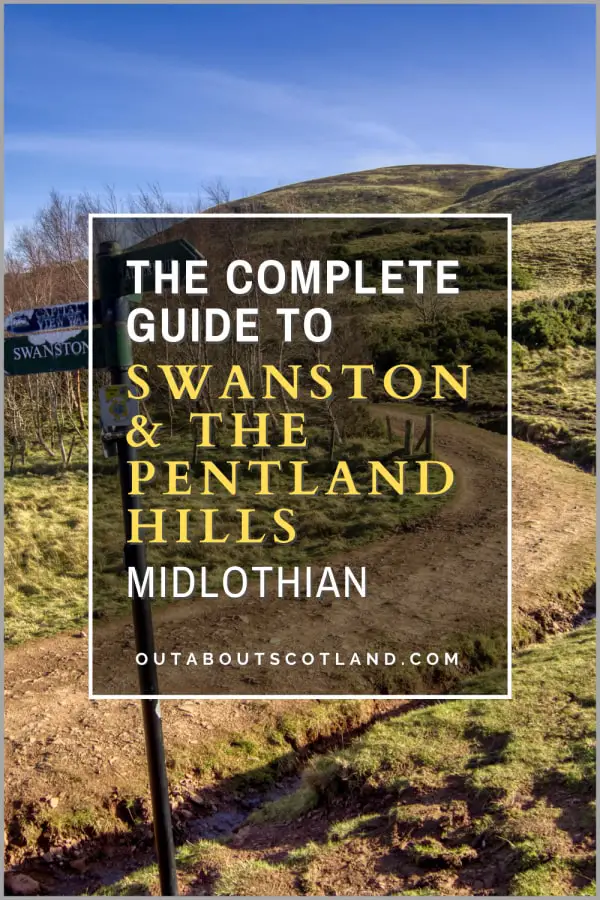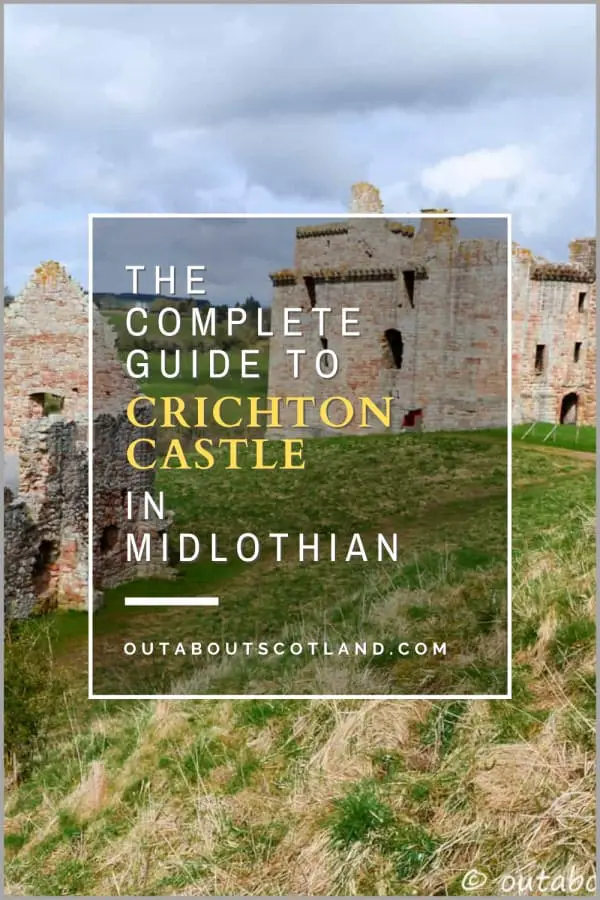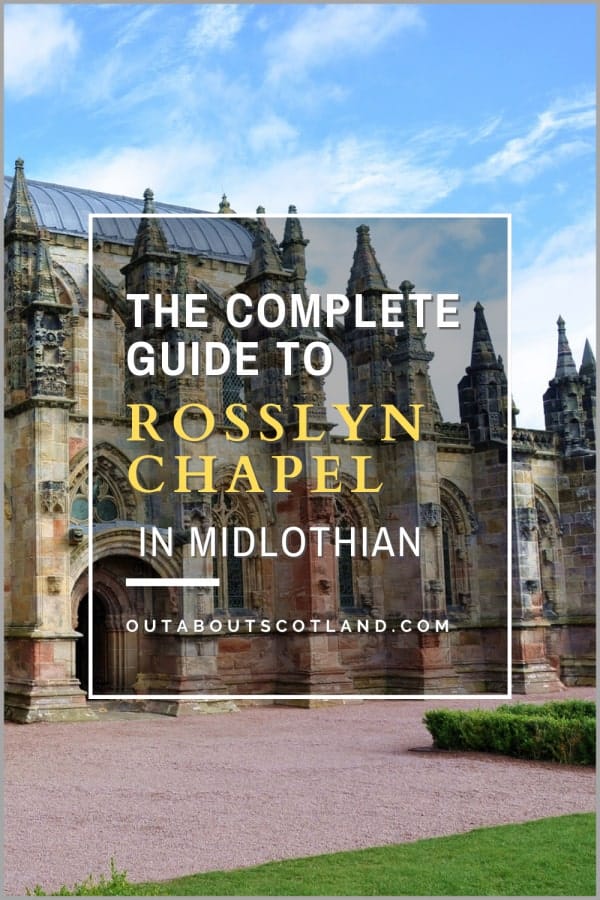Crichton Castle, situated in the rolling countryside of Midlothian – was built in the 1300s for the once-powerful Crichton family before passing to the Earls of Bothwell in the 1480s.
Though long-since abandoned, thanks to Historic Environment Scotland’s restoration efforts, visitors are welcome to take a self-guided tour of this historic castle to see its unique architectural designs as well as the stunning views of the Midlothian countryside from its raised walkway.
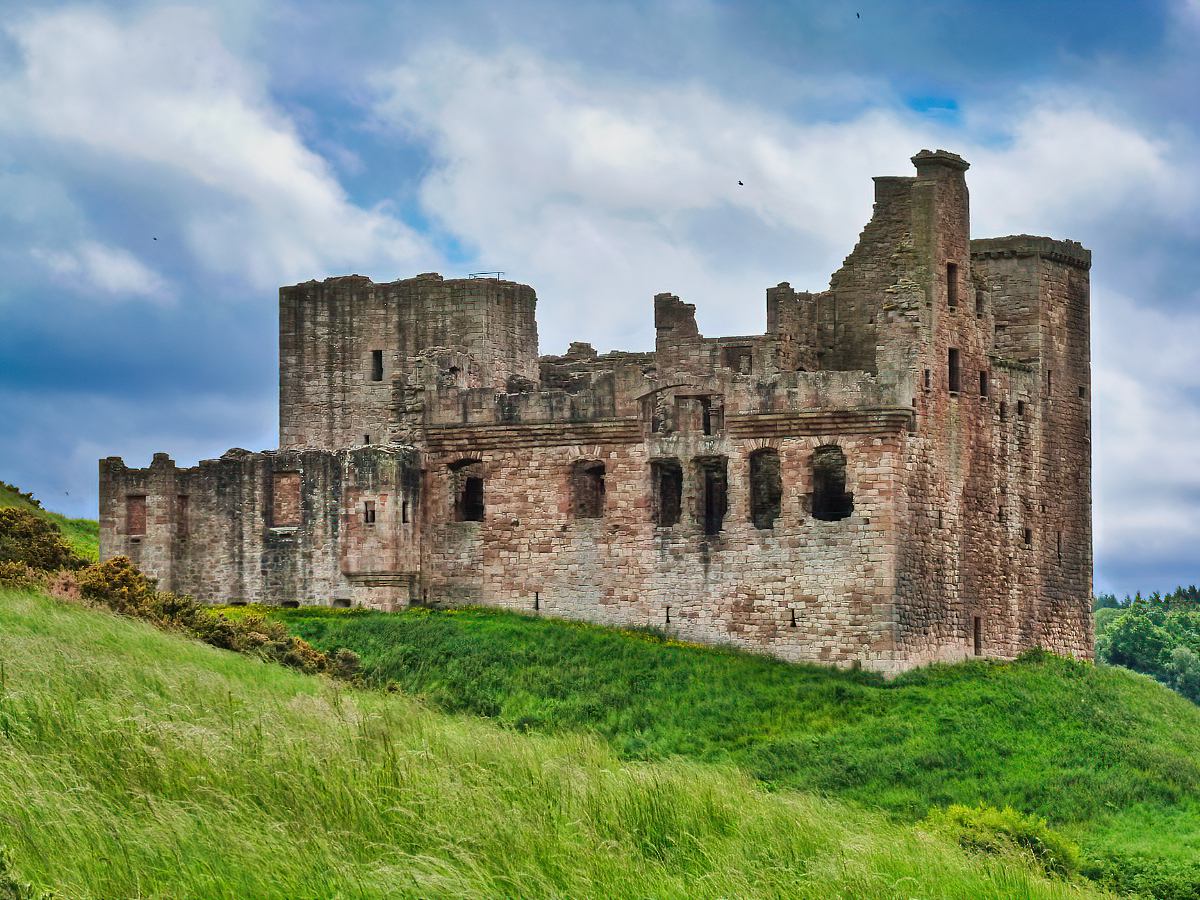
| Address: | Pathhead, EH37 5XA |
| Opening Hours: | 1 April - 30 September: Daily 9.30 am to 5.30 pm (last entry at 5 pm) October - March: closed |
| Admission Price: | Adult £7 Child £4 Senior £5.50 |
| Parking: | Free on-site parking |
| Contact: | 01875 320 017 |
| Facilities: | Gift shop |
Overview
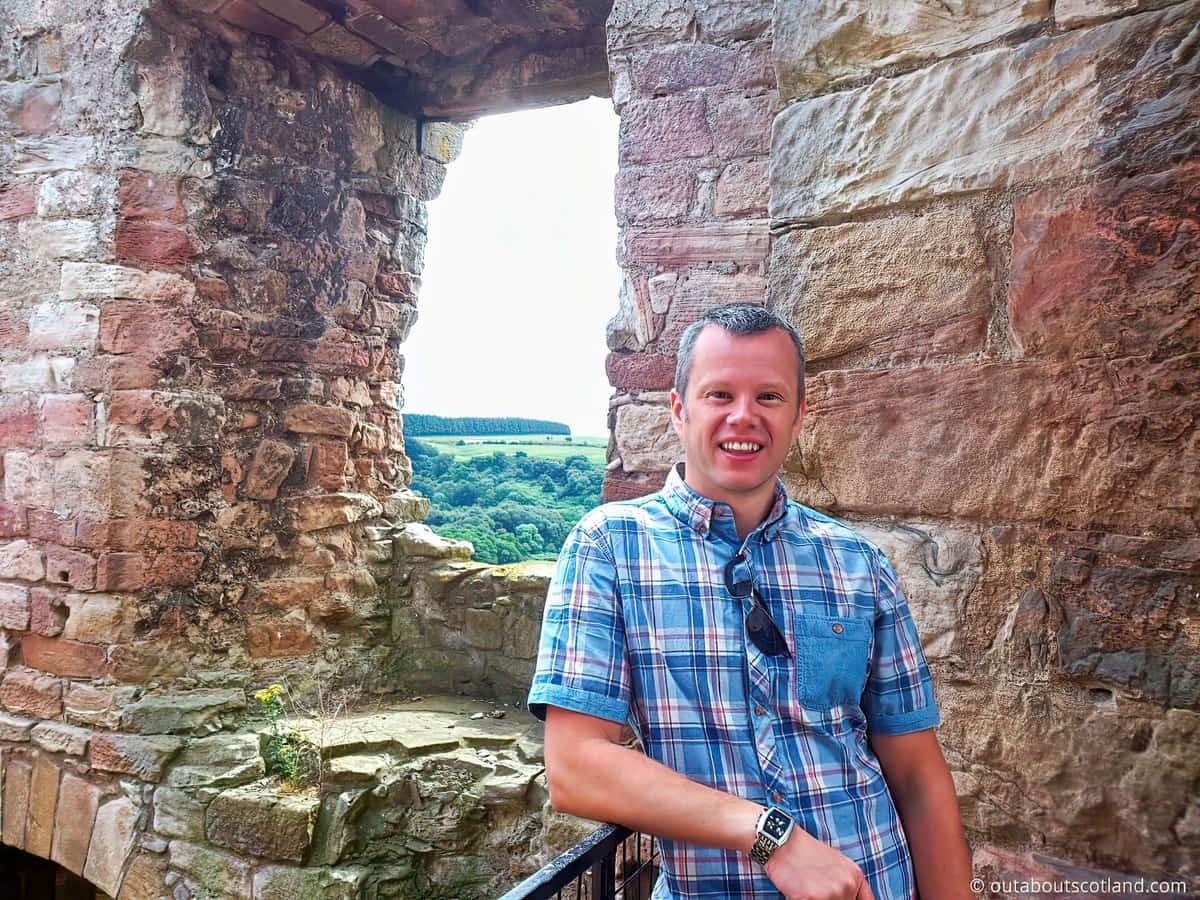
Crichton Castle, located among the rolling fields of Midlothian, is a historic ruin that dates back to the 14th century. Known for its unique Italian-influenced architecture, the castle bears the historical legacy of the Crichton family.
Tucked away in the Midlothian countryside, overlooking the Tyne Water, stands Chrichton Castle, the 14th-century former home of the Chrichton family and the Earls of Bothwell. Although it’s not exactly the largest attraction in Midlothian, it has a couple of features that make it worth visiting, including a unique pattern carved into the red sandstone of the interior walls and an unusually big stable block set to one side.
It’s worth taking some time to explore the area around Crichton Castle as it sits in an exceptionally picturesque location, and while the castle itself won’t take long to look around, nearby attractions like Vogrie Country Park and the National Mining Museum mean it’s possible to spend an entire day in this corner of Midlothian.
Even so, a journey to Chrichton Castle is worth making time for as it offers a nice walk coupled with enough nooks and crannies to keep children occupied for an hour or so. There are also lots of information boards dotted around the site so they might even learn a few things about Scotland’s history while they’re in the castle.
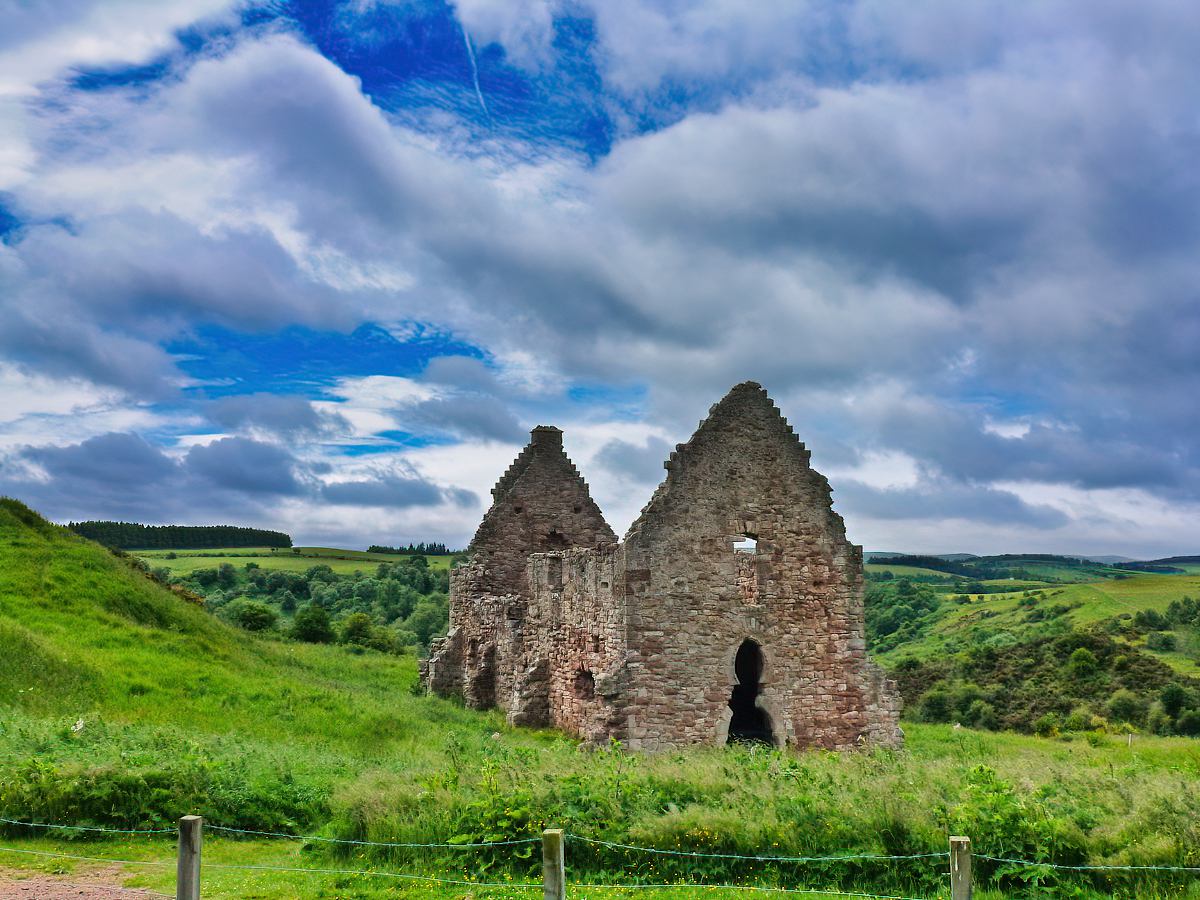
Book Tours in Scotland
The Highlights
1: Crichton Castle stands out for its distinctive architectural features. The castle is famed for its Italian-inspired diamond-faceted façade, which is unique among Scottish castles. The owner at the time, Francis Stewart, Earl of Bothwell, added this Renaissance-inspired stonework in the late 16th century, and it serves as an early illustration of how Scottish architecture evolved from fortified castles to more ornate, palatial homes.
2: The castle has a history dating back to the late 14th century. It has been associated with many important historical figures including the Crichton family, the infamous Earl of Bothwell, and Mary Queen of Scots who was a guest at the castle.
3: Set in beautiful countryside, Crichton Castle offers visitors not only a glimpse into Scottish history but also the opportunity to enjoy the serene surroundings. The rural landscape around the castle makes for a peaceful and picturesque setting, ideal for a leisurely stroll or a picnic after touring the site.
Visiting Tips
1: The castle is somewhat hidden away, so you might have trouble finding it. Load the area onto Google Maps before leaving home. Postcode: EH37 5XA.
2: Check out Vogrie Country Park after visiting the castle if you fancy a nice woodland walk. Vogrie features a children’s play park, picnic benches, and a visitor centre with a café.
3: If you’d like to visit another historic attraction similar to this one, I recommend Craigmillar Castle which is located just outside of Edinburgh.
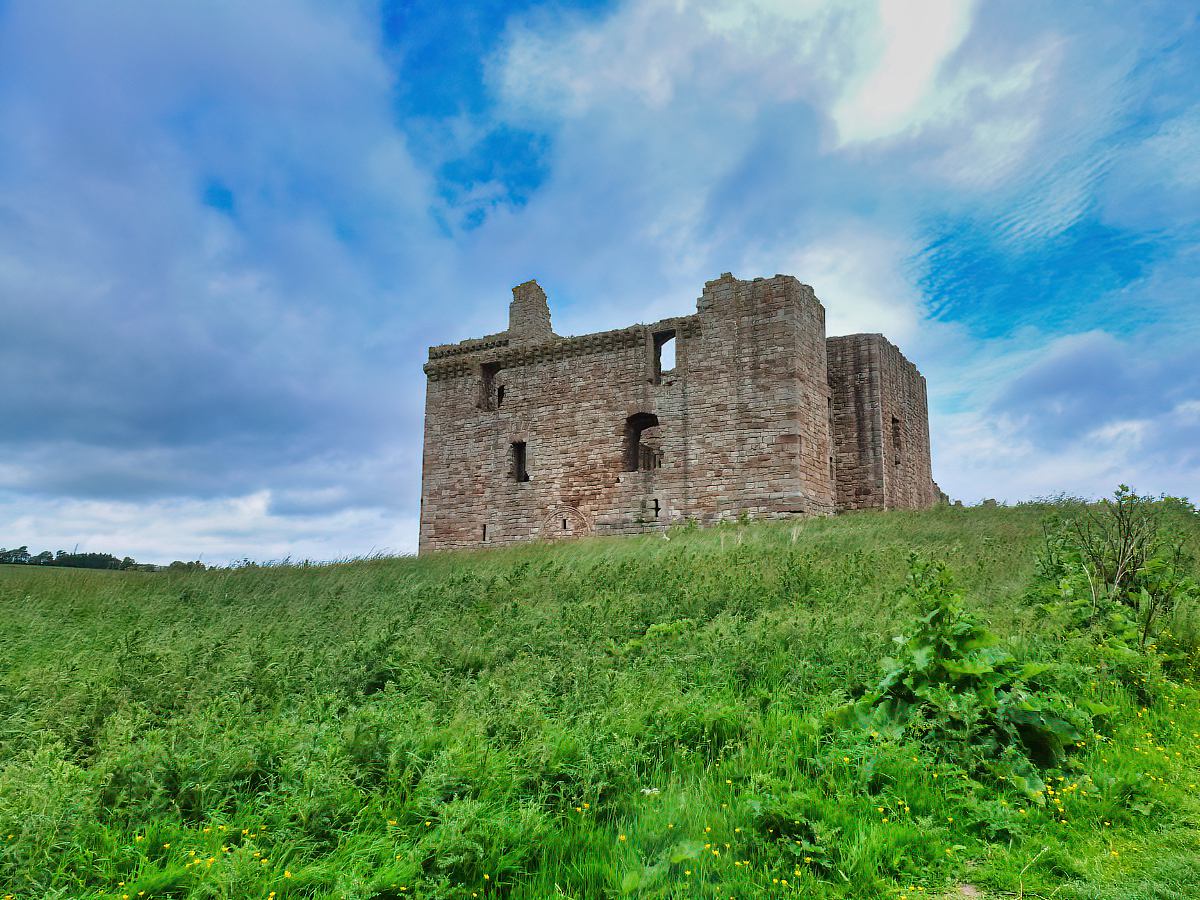
Protect Your Family From Scotland's Biting Midges
- Powerful, reliable protection for up to 8 hours
- Water- and sweat resistant
- Repels midges, mosquitoes, horse flies, sand flies, fleas and ticks
- Safe for use on adults, children over 30 months and pregnant women
- Non-sticky, moisturising with a pleasant fragrance
- Packaging may vary
Tourist Information
From the site entrance, you have the option of either walking around the castle or heading to the nearby stable building. Both buildings are roofless ruins built from grey stone, although the interior of the castle is quite ornate, with diamond-shaped stonework carved into the facade of the north range in the Earl of Bothwell’s former family lodgings.
There are a few sections of the castle that are open to visitors including the kitchen and the Great Hall, and several original stairways allow access to the upper levels where you’ll have a good view across Midlothian and the Tyne Water.
The valley below the castle is protected as there are a number of bats roosting in the area, and you can often see them swooping about on the hunt for insects at dusk. If you have an interest in bats, it might be an idea to take a pair of binoculars (link to recommended optics) with you.
The castle has a small Historic Environment Scotland visitor centre near the entrance that’s usually manned by an expert guide, but don’t expect much more than a few souvenirs and packs of shortbread in the tiny gift shop. Thankfully, the towns of Gorebridge and Pathhead are just a short drive away so you’ll find plenty of cafés nearby if you have hungry children in tow. In addition, Chrichton Castle is located close to Vogrie Country Park which has a nice wee cafe and lots of picnic benches.
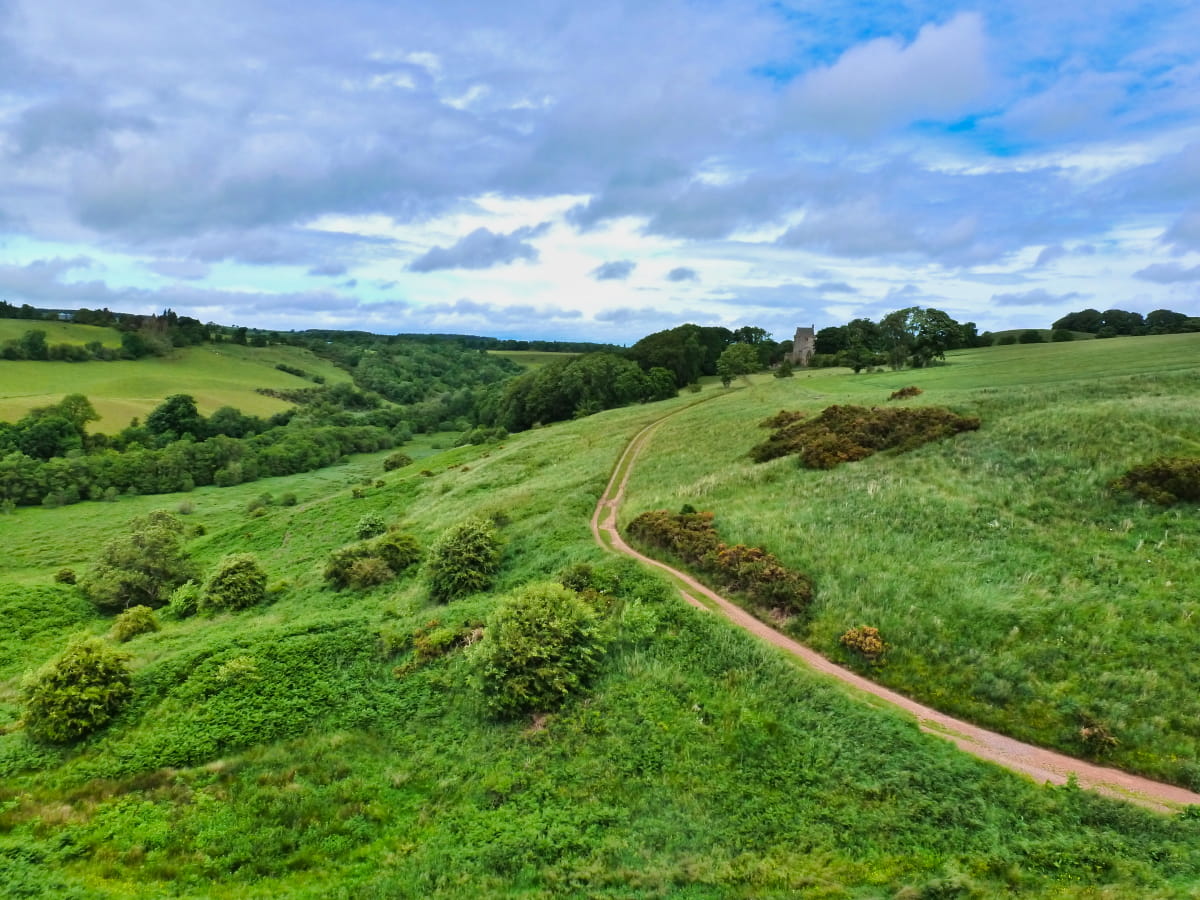
History
The castle was built for the Crichton family in the late 1300s and served as their main seat of power for nearly two hundred years until their influence declined in the late 15th century, at which time ownership of the castle changed into the hands of the Earls of Bothwell.
While the castle isn’t famous for any particular event, it’s still an important historic site due to the impact the Bothwell’s had on Scotland, particularly the 4th Earl who married Mary Queen of Scots in 1567. This might go some way towards explaining why the 5th Earl built the impressive stone facade that overlooks the central courtyard, a feature that must have been quite a talking point for visitors to Chrichton Castle 500 years ago.
Things to Do
Explore the Castle: Spend time discovering the fascinating history of Crichton Castle, built in the 14th century with a unique architectural design that features an Italian-inspired diamond-shaped facade. Take a moment to admire the grandeur of the Great Hall and the strikingly beautiful courtyard.
Photography: The castle, with its rustic charm and surroundings of unspoiled fields and woodlands, presents a fantastic opportunity for photography enthusiasts. Capture stunning images of the castle, its intricate masonry work, and the panoramic views of the Tyne Water.
Nature Walks: Enjoy a leisurely walk around the castle’s grounds. The surrounding countryside offers an array of wildlife to see and the nearby woodlands are a good place to spot bats hunting for insects at dusk.
Vogrie Park: This expansive park is situated just a few miles from Crichton Castle, meaning both attractions can be visited in a single afternoon. Vogrie Park features a wildlife centre, a cafe, a miniature railway, and miles of scenic footpaths.
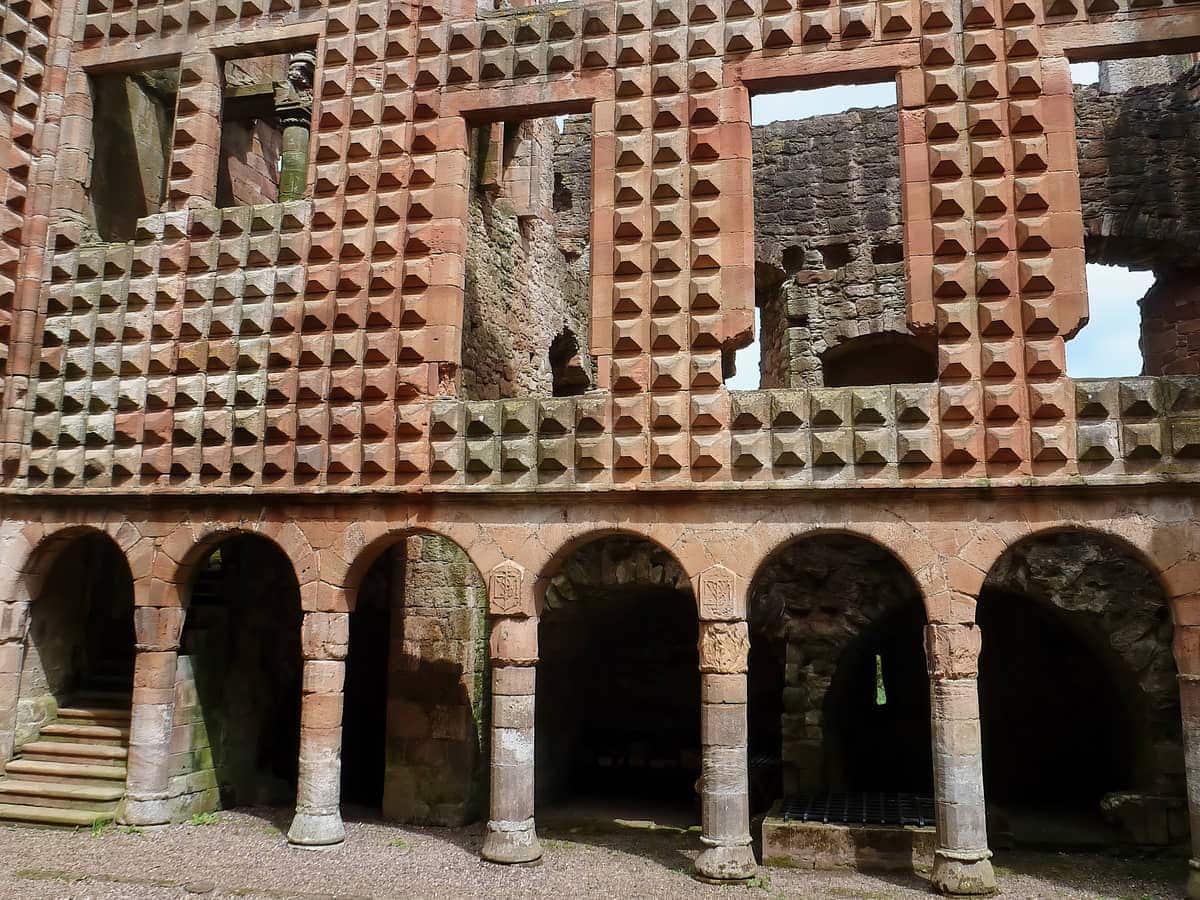
Book Tours in Scotland
Things to Do Nearby
Dalkeith Country Park. Via King’s Gate, Dalkeith EH22 1ST. 15-minute drive.
One of the largest country parks in Midlothian. Dalkeith Park centres around Dalkeith House (not accessible to the public). The newly-installed Restoration Yard visitor centre includes shops and cafés. A large children’s play park – Fort Douglas – is located alongside the River South Esk.
Vogrie Park. Gorebridge EH23 4NU. 6-minute drive.
A Victorian country estate that includes a café, visitor centre, children’s play park, a miniature railway and woodland paths that follow the Tyne Water. The park includes a large car park, BBQ areas and a manor house.
Gore Glen Woodland Park. Povert Rd, Gorebridge EH23 4LJ. 13-minute drive.
A popular woodland walk around native broadleaved trees with paths that follow the River South Esk and Gore Water.
Glenkinchie Distillery. Pencaitland, Tranent EH34 5ET. 17-minute drive.
The only lowland whisky distillery near Edinburgh. Glenkinchie has been recently renovated and features a large whisky-tasting bar, cocktail-making classes, a large shop and guided tours.
National Mining Museum. Lady Victoria Colliery, Newtongrange, Dalkeith EH22 4QN. 11-minute drive.
A museum dedicated to Scotland’s extensive coal mining heritage. There are lots of original mining artefacts and informative displays of how coal was mined. A guided tour by ex-miners takes visitors on a journey to see what life was like for the men who spent their working lives underground.
Frequently Asked Questions
Who lived in Crichton Castle?
Crichton Castle was home to several notable individuals throughout history:
Sir John Crichton: Sir John Crichton initially constructed the castle in the late 14th century, and it served as the family residence for several generations.
William Crichton, 1st Lord Crichton: He was a key figure in the reign of James II of Scotland. He is believed to have lived in the castle during the mid-15th century.
Francis Stewart, 5th Earl of Bothwell: The castle came into the possession of Francis Stewart, who was allegedly involved in witchcraft and treason against James VI. He restructured a significant part of the castle, introducing Italian architectural features.
John Stewart, Earl of Moray: The castle was later passed on to John Stewart, Earl of Moray, through marriage. He was a half-brother to King James V and the uncle of Mary, Queen of Scots.
Who owns Crichton Castle?
John de Crichton originally constructed Crichton Castle in the late 14th century as a tower house for the Crichton family. Historic Environment Scotland now owns and is in charge of it.
What is the Crichton tartan?
The Crichton tartan is based on the MacGill tartan which dates from 1745. The colours are taken from the Crichton coat of arms.
How big is Crichton Castle?
Crichton Castle encompasses an irregular quadrangle with a courtyard in the centre. The castle’s dimensions are not publicly specified in exact measurements, but it has a significant footprint, given that it consists of four distinct sections built during different periods, from the 14th to the 16th centuries. At a rough estimate, Crichton Castle is 110 feet x 100 feet.
Protect Your Family From Scotland's Biting Midges
- Powerful, reliable protection for up to 8 hours
- Water- and sweat resistant
- Repels midges, mosquitoes, horse flies, sand flies, fleas and ticks
- Safe for use on adults, children over 30 months and pregnant women
- Non-sticky, moisturising with a pleasant fragrance
- Packaging may vary




